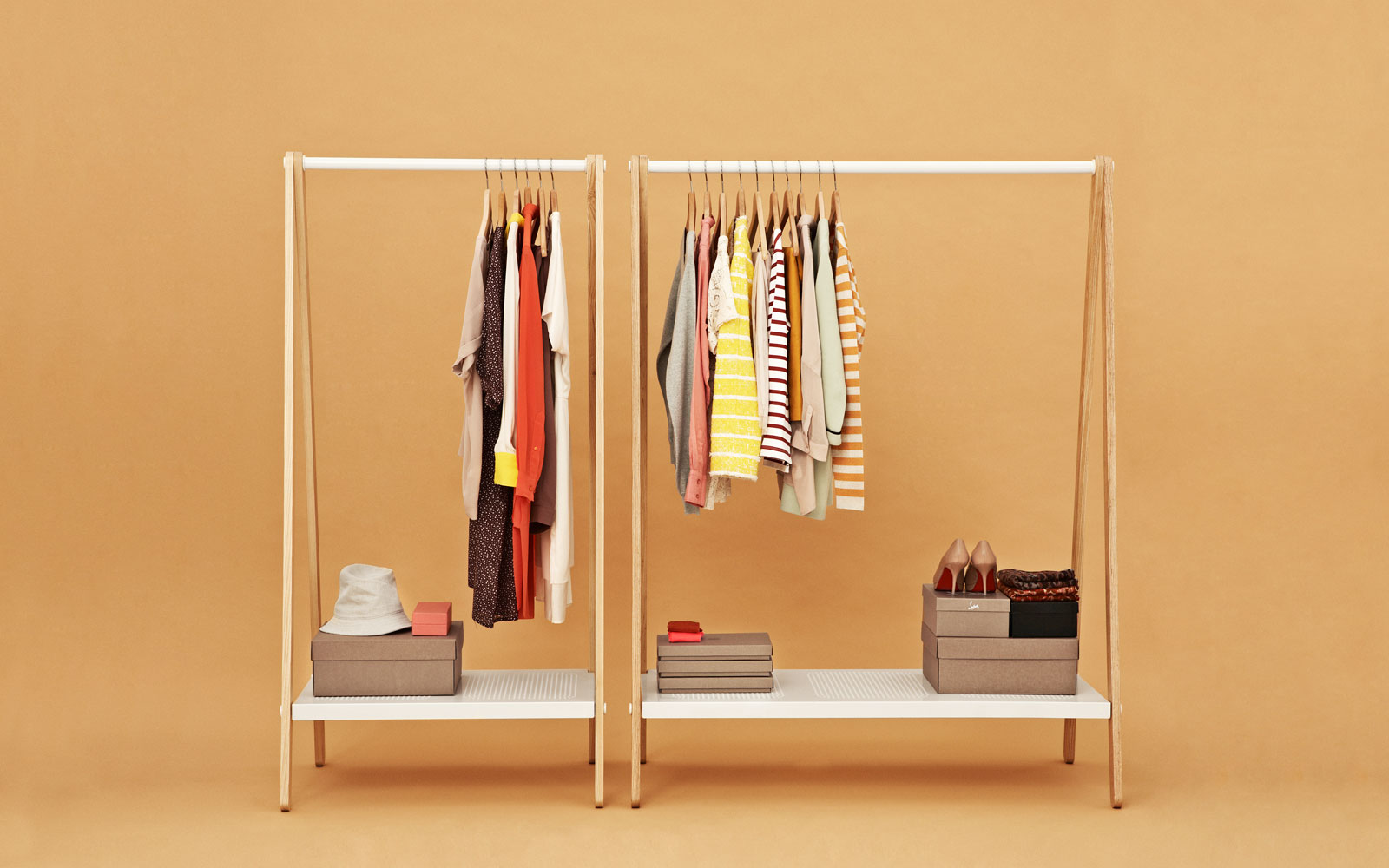In a world of ever-changing fashion trends, it is time for us all to come to grips with the devastating effects of fast fashion. After watching Netflix's The True Cost, and exploring the many ethical and sustainable fashion labels available, it is time to make a change as consumers.
Fast fashion is having a major impact on developing countries, child labor, unfair wages, and hazardous work environments. We have a responsibility to educate ourselves and make better decisions as consumers. Don’t get me wrong, I know many of you are thinking, why buy from a source that is more expensive and less accessible? However, remember —someone is paying the cost for cheap prices and easy access.
Here are three reasons to get you thinking about what we are really supporting when sporting fast fashion:
1. Child Labor
There is a huge difference between a child taking on an apprenticeship to learn a new trade, working on a family farm, or working long hours in an unsafe factory for little to no wages. Although child labor has declined by one-third from 246 million in 2000 to 152 million currently, according to The Global Estimates of Child Labor, we still have quite a journey to protect children all over the world. It is important to remember that this is a vulnerable group, who often has no voice and control to protect themselves.
2. Environmental Effects
According to Netflix's The True Cost, the average American throws away 182 pounds of textile waste each year, which adds up to 11 million tons from the U.S. alone. Most of this waste is non-biodegradable and sits in landfills for over 200 years releasing harmful gases into our atmosphere. The main takeaway here is that clothing is not disposable; therefore, we should be thoughtful in everything that we purchase.
Even the clothing we donate to charity or thrift shops is massive, and usually ends up being thrown away at some point. Only a small percentage of the clothing donated is actually used in local thrift shops, as it is often shipped and dumped to developing countries, such as Haiti.
In addition, it takes a substantial amount of resources to make an article of clothing. For example, to make a single T-shirt it takes 700 gallons of water. To put that in perspective the average American drinks 58 gallons of water per year. As we know the Earth’s resources are limited and we are overusing at faster rates than ever.
3. Hazardous Work Environment and Low Wages
From factory fires, health issues, and buildings collapsing, you would think we’re watching an episode of How To Get Away With Murder. Companies are constantly mistreating workers and placing them in danger. Many may wonder why someone would accept these conditions, but according to the website Antislavery, 24.9 million people are in forced labor through coercion, mental or physical threat, or bought and sold as property.
The U.S. went from producing 95% of clothes domestically in the 1960s to a marginal 3% today. As production has been outsourced, working conditions in developing countries have become more dangerous and unethical. As reported by the BBC, in 2013, the Rana Plaza collapse in Bangladesh killed over 1,100 people. Prior to this the Ali Enterprises Factory and Tazreen Fashions burned down killing and injuring hundreds. Though we often hear about the atrocities overseas, sweatshops exist right here in the U.S.
According to the LA Times, Forever 21 has been employing undocumented Latinos to work for Korean manufactures and sewing contractors to keep prices low for consumers. These workers are often making around $6 an hour, which is well below the minimum wage in Los Angeles. Unfortunately, brands like this continue to get away with this due to loopholes such as identifying as retailers, not manufacturers.
So, where to Start?
This isn’t a call to throw away all of your clothing and repurchase your wardrobe from only sustainable clothing brands, but instead, consider rethinking your upcoming purchases for this new year. Do a bit of investigating on your favorite brands and find out how their clothing is made.
If you are new to this, like me, make it easy on yourself and try out the app Good On You. Good On You rates stands by the impact on workers, use of resources and disposal, and use of animal fur. They also look at if brands are taking steps to increase transparency and reduce harm. Another option is to shop at your local thrift shops or garage sales to reuse old clothing to lower the chances of it being shipped off or finding its way to a landfill. If you believe that consumers are in control and can drive the change needed in today’s fashion world, then it’s time we make that change.
Ready. Set. Boss. Our daily email is pouring out inspiration with the latest #BlackGirlBossUp moments, tips on hair, beauty and lifestyle to get you on track to a better you! Sign up today.
